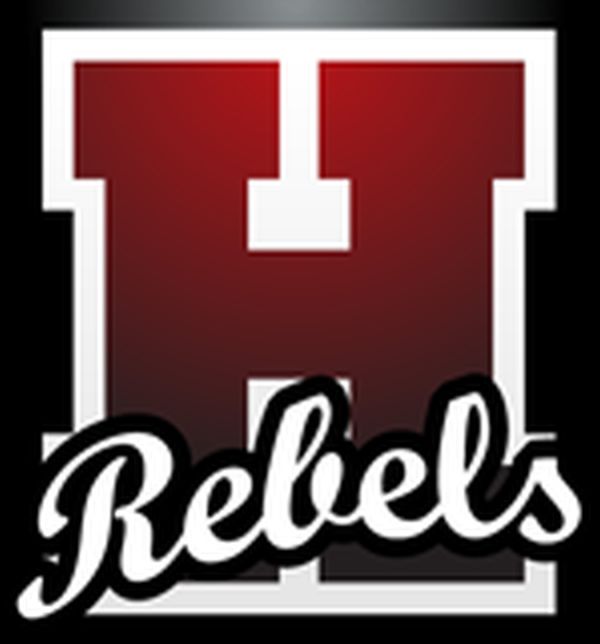-
Rubric and Instructions
SSWH13 Examine the intellectual, political, social, and economic factors that changed the world view of Europeans from the sixteenth century CE/AD to the late eighteenth century CE/AD.
- Explain the scientific contributions of Copernicus, Galileo, Kepler, and Newton and how these ideas changed the European worldview.
You are now lawyers defending the greatest scientist of the scientific revolution. Each team of lawyers will have no more than six lawyers on their team. Your job is to defend your scientists and their contributions to the European Worldview. What impact did their discoveries have on the world? How did they change the worldview?
Please remember this is court. Knowing what each scientist contributed to the European worldview will give you the best opportunity to establish your scientist as the greatest scientist of all time. Compare and Contrast while explaining your scientist's contribution to bringing clarity to the judge. Use your opponent's weaknesses and faults to elevate your scientist greatness.
Court Room Rules
- All team members must participate! Every team member that does not participate will be deducted 20 points individually in calculation of final grade.
- Absolutely no vulgar language or obscene gestures are acceptable in court. Any violation will result in a 20-point deduction of the individual in violation of this policy. After first warning the individual shall be failed for contempt of court (65).
- When other teams present their case, note-taking is allowed, along with whispering amongst teammates about counter statements in the case. Any disruptions will result in a 20-point deduction. After the first warning, the individual shall be failed for contempt of court (65).
- Only one team representative can talk during the presentation unless a team member is part of a demonstration or other creative ways to display their scientist greatness. (Discretion of the judge will be used in the event of an objection or judgment)
- All original presentations are allowed via video, PowerPoint, display, and props to explain your scientist scientific contributions.
Lawyer Courtroom Rights
Objections: The act of challenging or disagreeing with something.
If a team disagrees with a statement made by another team, one lawyer from either of the three teams not presenting can say “objection”
The judge will respond “On what Grounds”
These are the following grounds each team of lawyers can make objections:
Relevance
You can object to the relevance of evidence if you think a piece of evidence or something a witness is saying has nothing to do with the case or it is not important in determining who should win in court.Speculation
The speculation objection can be used in two different situations. First, if a lawyer does not know a fact to be true or not, but states about it anyway, this testimony would be objectionable as speculation. A lawyer must have personal knowledge about that fact and put it into the court record.Hearsay
A lawyer can only state as to what s/he knows to be true, not what s/he heard from someone else. If a lawyer tries to state about what a non-primary source told him/her or tries to enter evidence something in writing that a non-primary source wrote, then the statement or written evidence is objectionable as hearsay. However, there are hearsay exceptions that may apply.Because the judge can only decide who is the greatest scientist of all-time based on the evidence presented if and of the objections are found to be correct, then the facts will be stricken from the record. Al evidence if challenge must be brought before the judge for verification and creditability to be considered inadmissible.
If the Judge responds to objection with “sustained” then all statements in the line of thinking of the presenting lawyer will be thrown out and inadmissible (stricken from the record).
If the Judge responds to an objection with “overruled,” then the presenting lawyer may continue with their line of thinking and complete the fact.
Evidence and Poster
Pretrial (55 minutes)
20 points
Each team will design an exhibit (Display) to represent their client during the case and present the judge with evidence file that will used in the court case for review.
Opening
4 minutes
20 points
Each team will get minute opening to summarize why they believe their scientist is the G.O.A. T
Argument
4 minutes
20 points
Each team will argue why they believe their scientist is the G.O.A. T presenting facts from creditable sources. Developing theories and from the text to provide justification for scientist.
Closing
4 minutes
20 Points
Each team will give a conclusion about why they believe their scientist is the G.O.A. T
-
Video List GOAT COURT VIDEO EXAMPLE
Author:Length:



